"The Academy", an original oil on canvas, is one of the paintings that has provoked the most debate since Champfleury attributed it to the Le Nain brothers in 1875.
It was acquired by the Louvre Museum in 1892 as a 17th-century Dutch work.
At the Le Nain exhibitions of 1934 and 1978, the attribution to the Le Nain brothers was disputed, as neither the workmanship nor the colouring matched the reliable works of the three brothers shown around it. The costumes are French, but the type of composition is Dutch, in the tradition of group portraiture.
A recent scientific analysis of the different layers of the painting shows that they are different from the usual processes of the Le Nain brothers, as the painting consists of only one layer of grey preparation, in which calcium carbonate predominates, whereas the signed paintings always have two preparatory layers.
Period : 19th century
Dimensions with frame: Height: 135cm x Width: 105cm x Depth: 5cm
The Le Nain brothers are three: Antoine the elder, Louis, his younger brother, and Mathieu, the youngest. Originally from Laon, they were trained by an artist who was most likely a northerner, but whose identity is not known. They settled in Paris in 1629, in the privileged setting of the Saint-Germain-des-Prés abbey, where provincial and foreign painters wishing to escape the constraints of the Parisian corporation were housed.
Their most famous compositions show peasants depicted with great emotional power and complete originality. These scenes overturn the accepted hierarchies. They show the humblest with unprecedented human truth and dignity. The Le Nain brothers created a new genre by applying the rules of group portraiture, based on the absence of narration and on psychological depth, to the representation of the people, which was then in vogue in Europe: the faces are turned towards the viewer with intense gazes, or the expressions are dreamy and melancholic.
The Le Nain brothers enjoyed great popularity during their lifetime, to the extent that they generated several emulators and imitators. But they were largely forgotten after their death, until they were rediscovered by the writer and art lover Champfleury (1821-1889) in the mid-19th century. For more than a century, art historians have endeavoured to reconstruct the artistic personalities of each of the three brothers, helping to shed some light on the "Le Nain mystery".
















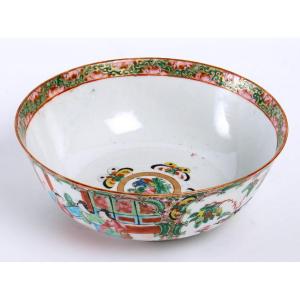
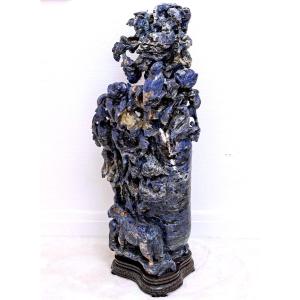


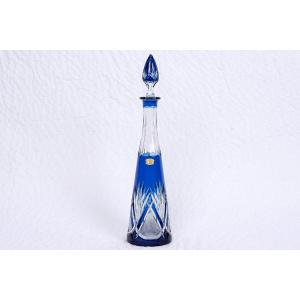





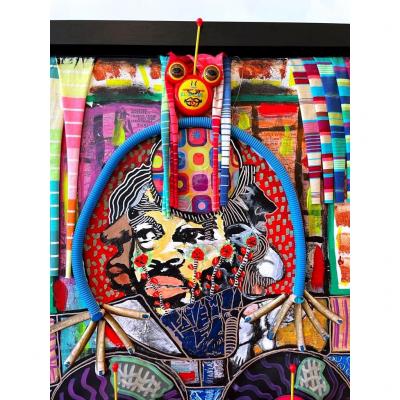

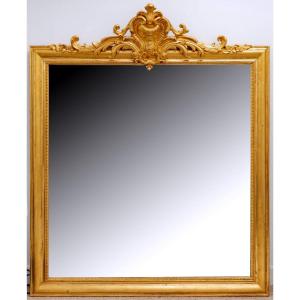

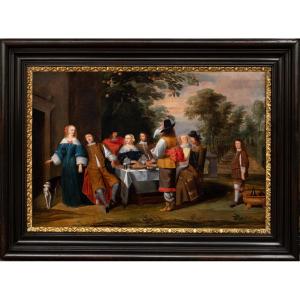
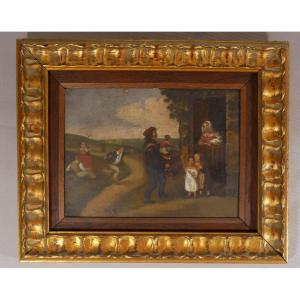






 Le Magazine de PROANTIC
Le Magazine de PROANTIC TRÉSORS Magazine
TRÉSORS Magazine Rivista Artiquariato
Rivista Artiquariato